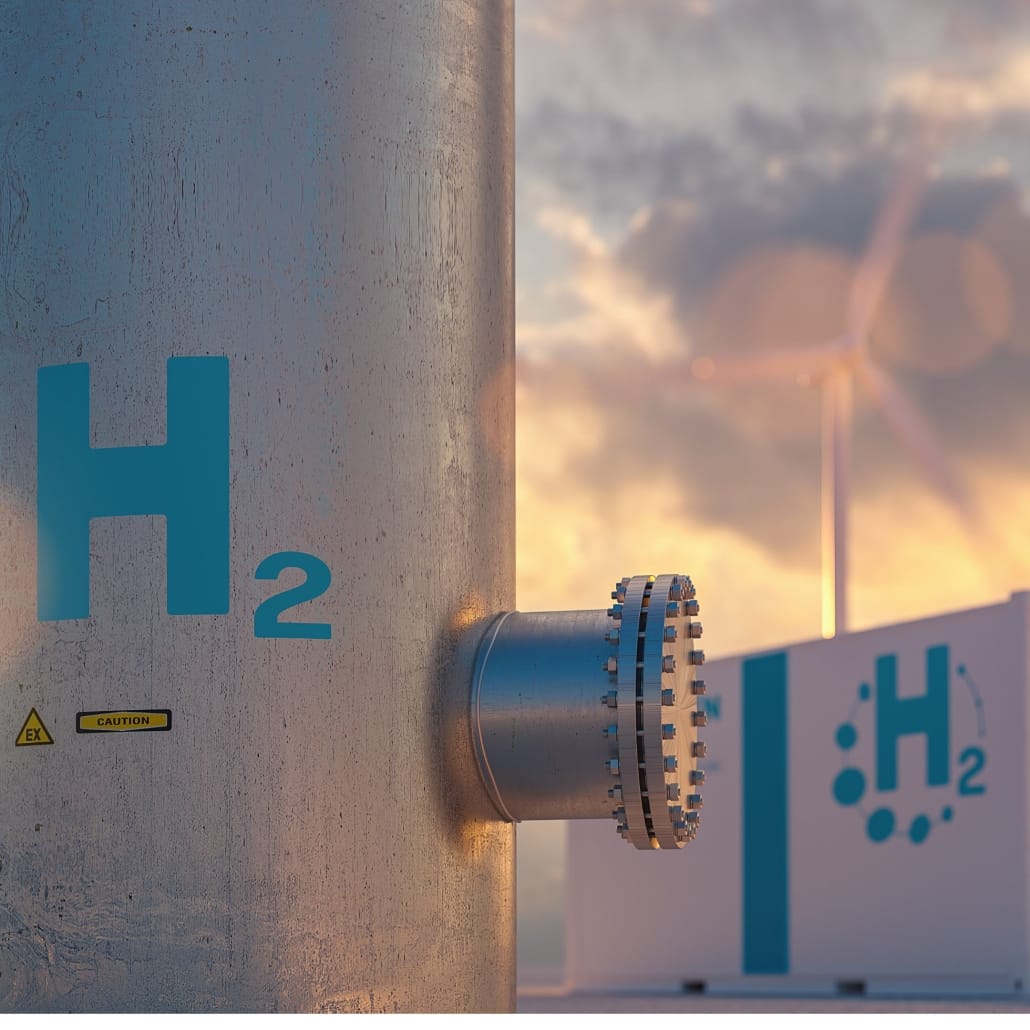
Hydrogen can be use in a fuel cell to create electricity. The electricity is then used to power electric motors or is stored in batteries for later use. Hydrogen can be produced by several methods such as natural gas reforming, electrolysis, renewable liquid reforming, and fermentation.
Net life cycle emissions depend on the energy sources, typically natural gas or electricity, used for production. Electricity, clean water, and warm air are the only byproducts at the “tailpipe”.
Light-duty fuel cell electric vehicle (FCEV) drivers can fuel their vehicles in less than 5 minutes and travel for a range of more than 300 miles.
Hydrogen-powered fuel cell electric vehicles emit none of the greenhouse gas emissions that are detrimental to the environment or human health. If the hydrogen is made from a renewable energy production source such as solar energy, hydrogen production is also clean.
One original equipment manufacturer (OEM) predicts that mass-produced fuel cell electric vehicles could be similar to the cost of their hybrid counterparts by 2025. Hydrogen faces pricing and storage challenges, but advancements are being made.
In Ohio, the Stark Area Regional Transit Authority (SARTA) has been a hydrogen leader, deploying several buses with the help of funding from the Federal Transit Association.
Learn about laws and incentives for hydrogen in Ohio here and more about the benefits of hydrogen here.
